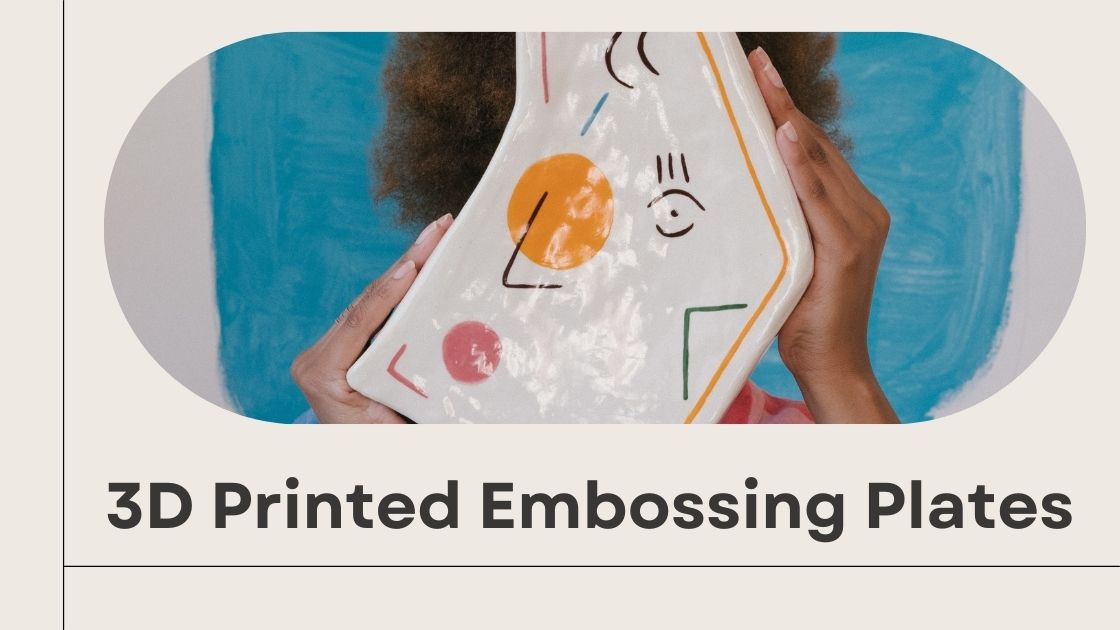In the realm of art and design, intricacy and personalization reign supreme. In the era of Industry 4.0, the fusion of creativity and technology is opening new doors for industries, and one unique tool in this repertoire is 3D Printed Embossing Plates. 3D printing technology has sparked a revolution in the creation of embossing molds, ushering in a realm of limitless creativity and unparalleled precision. In this article, we delve into how 3D Printed Embossing Plates are not just tools, but artworks themselves, shaping and elevating designs with unmistakable finesse and uniqueness.
Contents
Crafting Brilliance: 3D Printed Embossing Plates
What You Need
To follow the steps outlined in this article, you’ll require three items and two software programs:
- A computer (Windows, Mac, Linux—all compatible; smartphones not suitable) to run the free software.
- A 3D Printer.
- A Die Cut/Embossing Machine.
There’s a Bumpy Road Ahead
Embossing is utilized across various art forms, from cardmaking and scrapbooking to mixed media and even fashion. Traditional methods involve using plastic embossing plates with metal foil kits, a technique often seen in summer camps and school art projects. Today, embossing encompasses a variety of methods, including the use of embossing folders and roller presses.
Why Use a 3D Printer
Incorporating a 3D printer into embossing processes offers unparalleled flexibility and customization. Unlike store-bought embossing sets, a 3D printer allows for the creation of unique designs tailored to individual needs and visions.
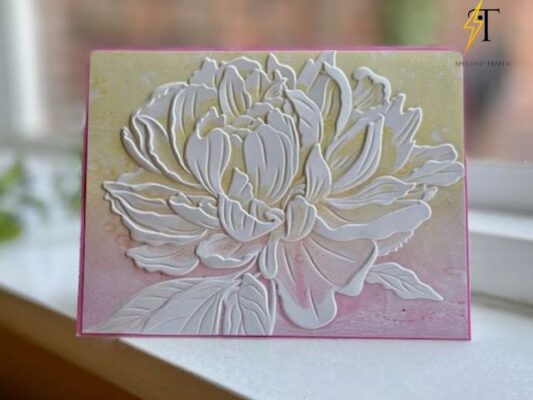
Start Out Simple
Begin by accessing TinkerCAD and creating a basic embossing set, such as a heart-shaped design. The project involves constructing two separate pieces—the raised embossing plate and the sunken portion. These components are designed to fit together seamlessly, offering precise embossing results.
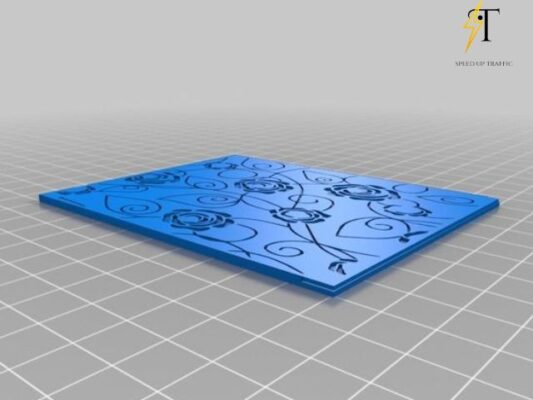
Printing Must be Precise
When printing the embossing plates, ensure the printer is properly calibrated and set to produce layers of 0.1mm thickness. Pay attention to filament type and quality to achieve optimal results.
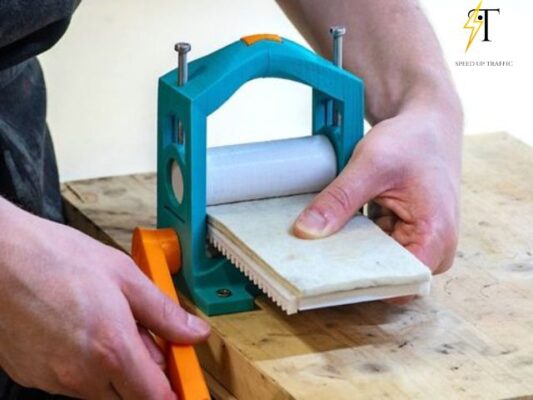
And the Results Are
The embossing plates, once printed, can be used to create subtle yet intricate designs on various materials, such as cardstock or foil-covered paper. While minor adjustments may be necessary for optimal results, the potential for creativity and customization is vast.
There is More to Come
This article covers the fundamentals of 3D-printed embossing plates, starting with simple designs like the heart. Future articles will explore more complex shapes and embossing techniques, opening up a world of possibilities for personalized embossing projects.
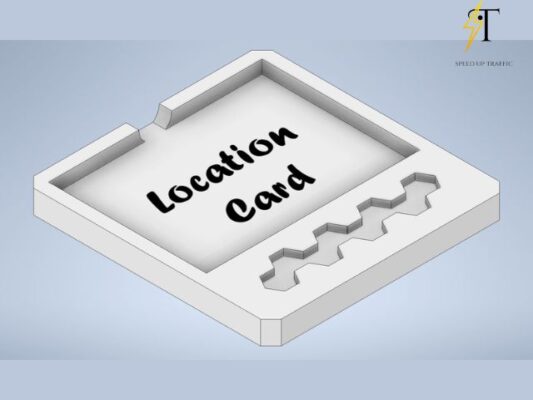
Conclusion
In conclusion, the integration of 3D printing technology with embossing processes has revolutionized the way we approach design and creativity. By leveraging tools like TinkerCAD and Ultimaker Cura, individuals can craft intricate and customizable 3D Printed Embossing Plates tailored to their unique visions. The combination of precision printing and innovative techniques opens up a realm of possibilities for creating distinctive patterns and textures on various materials. As we continue to explore the potential of 3D Printed Embossing Plates, the future of embossing holds immense promise for personalized and captivating artistic expression. Besides 3D Printed Embossing Plates, you can refer to Transform SVG Designs into 3D Printed Creations.
Related Post
Transform SVG Designs into 3D Printed Creations
Best 10 Anime Room Decor Ideas
Perfect 15+ Photoshop Portraits Actions

